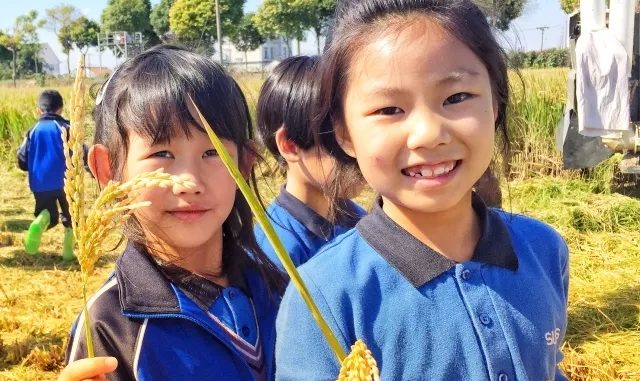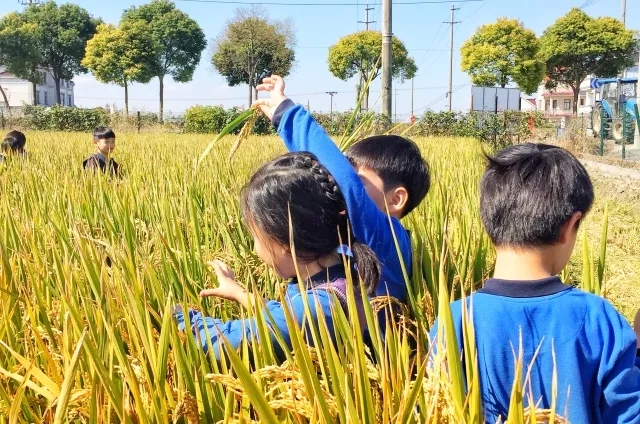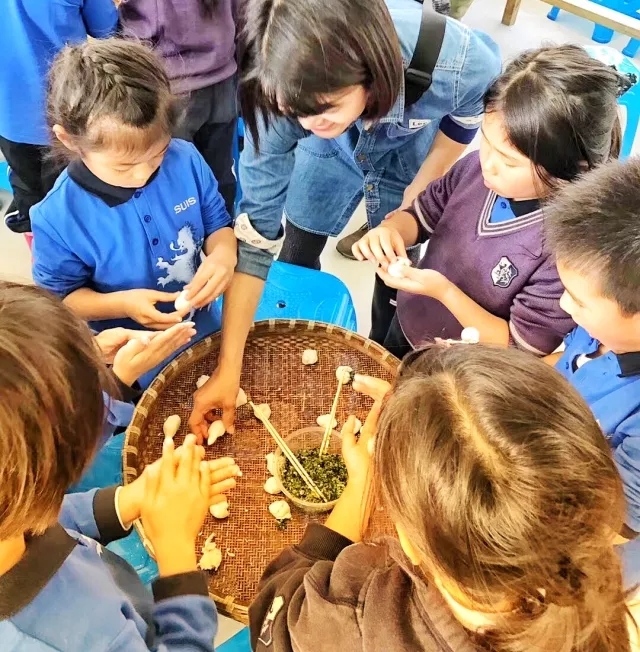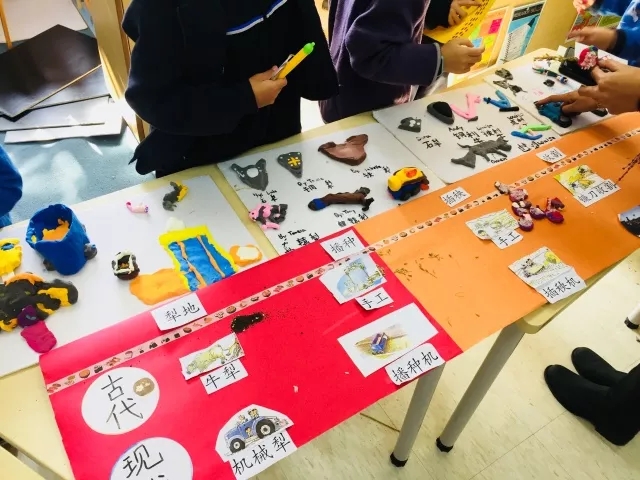
协和双语“米”主题探究学习。
In the second unit of Chinese learning, G1’s theme of RICE was highly welcomed by both teachers and students and parents.
在中文母语探究学习中,国际融合课程一年级的“米” 主题受到了协和师生和家长的一致欢迎。
秋收割稻





延展学习


“米”成果展





协和双语“米”主题探究学习。
In the second unit of Chinese learning, G1’s theme of RICE was highly welcomed by both teachers and students and parents.
在中文母语探究学习中,国际融合课程一年级的“米” 主题受到了协和师生和家长的一致欢迎。











Leave a Reply